Former U.S. Surgeon General: Coronavirus response is 'nowhere near where it needs to be'
Dr. Vivek Murthy, former U.S. surgeon general under the Obama administration, expressed some frustration with the U.S. response to the coronavirus pandemic.
“Unfortunately, we were a bit late to recognize how bad this was as a country,” Murthy said on Yahoo Finance’s The Ticker. “We have been late, also, when it comes to ramping up testing, which we desperately need. And we’re also still having trouble getting the materials, particularly the protective equipment that health care providers need. We’re making progress over the last month, but it’s unfortunately nowhere near where it needs to be if we want to feel safe to relax social distancing restrictions.”
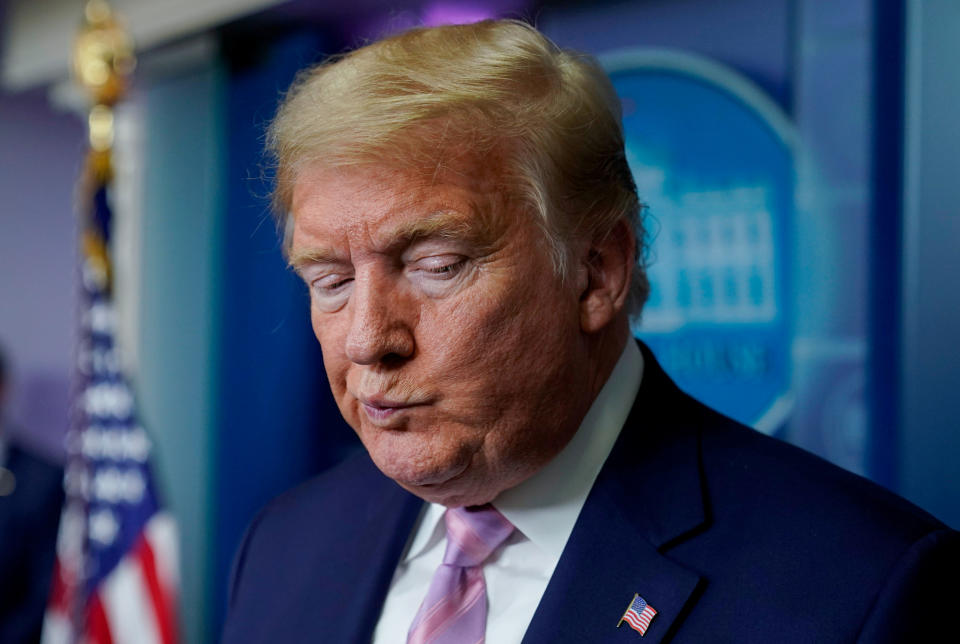
Initially, President Trump dismissed the threat of the pandemic, telling reporters in a news conference on February 27 that the virus was “going to disappear.” By March 4, he acknowledged the issue in the U.S. but said that some people would have it “at a very light level” without needing to see a doctor or hospital, and eventually get better. Then on March 17, he said: “I felt it was a pandemic long before it was called a pandemic.”
These mixed signals have caused confusion for many states, with some governors implementing strict shelter-at-home orders, while others have been more lenient. Two-thirds of Americans believe the Trump administration’s response was too slow.
As of April 17, all but five states have stay-at-home orders put in place, with North Dakota, South Dakota, Nebraska, Iowa, and Arkansas being the holdouts. In Utah, Wyoming, and Oklahoma, these orders are only for parts of the state. These will remain in place until individual governors decide to reopen states.

‘We do need the federal government to be more aggressive’
The U.S. response to the coronavirus has particularly struggled with a lack of personal protective equipment (PPE) for health care workers, testing kit shortages, and not enough ventilators.
“What we really need both with testing and when it comes to the protective equipment is we do need the federal government to be more aggressive in stepping in and taking over the supply, the production, as well as the distribution piece of this,” Murthy said.
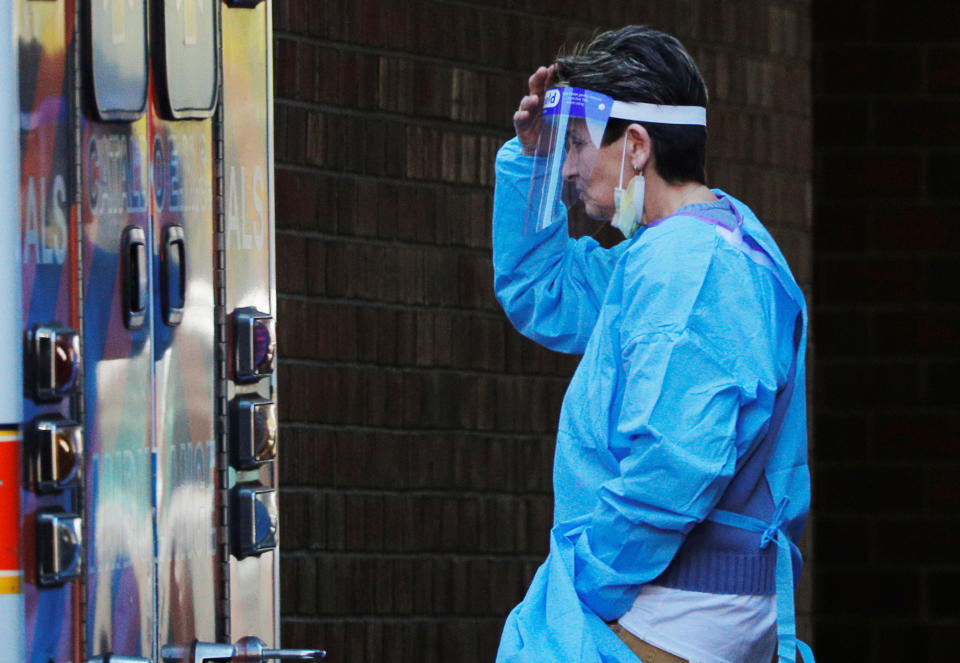
He continued: “We do need a wartime production board like we saw with World War Two to ensure that we’re coordinating all levers within this country to respond to this unprecedented pandemic but that we’re also doing so in a way that’s accountable and that’s still having results.”
Federal, state, and local governments have made efforts to ramp up production of essential items like ventilators and face masks. General Motors (GM) reached a $490 million contract with the federal government to produce 30,000 ventilators by the end of August, and delivered its first batch to hospitals on Friday. Meanwhile, California Gov. Gavin Newsom shipped ventilators from his state to New York, New Jersey, and Illinois to help with their shortfall.
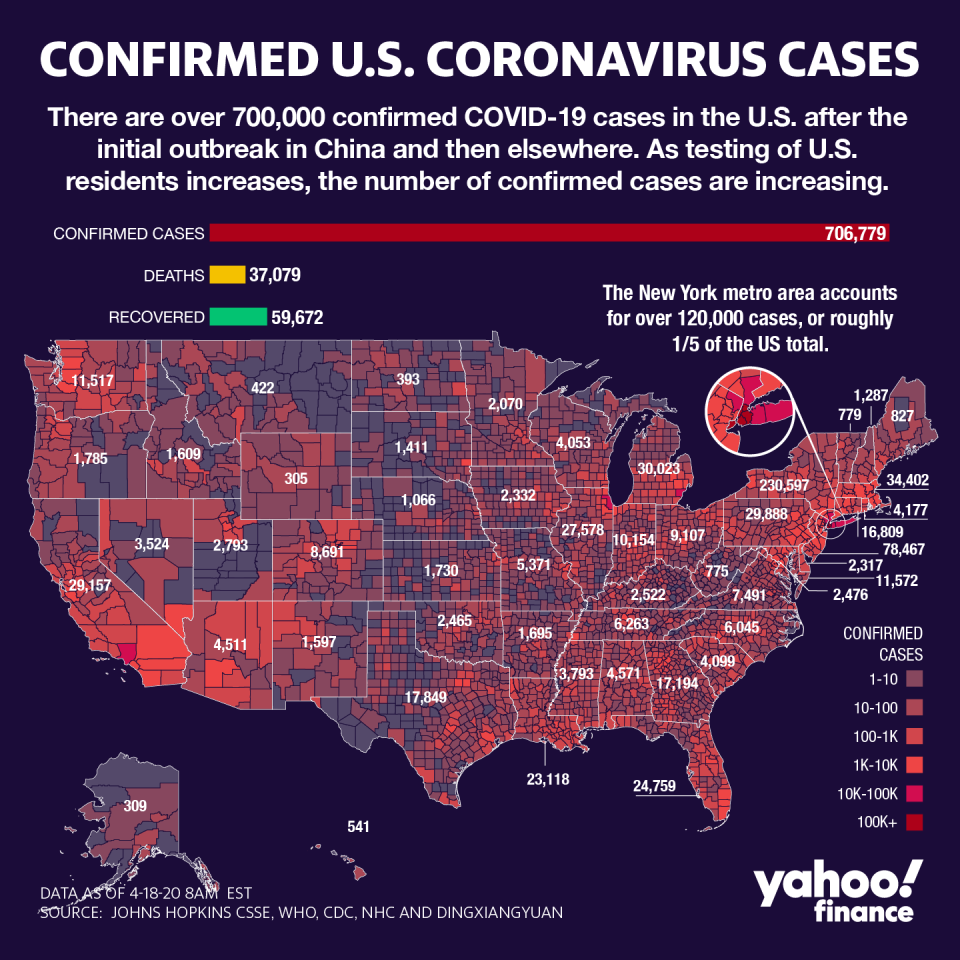
Testing, testing, testing
It all comes down to testing. According to Mayo Clinic vaccinologist Dr. Gregory Poland, testing has to become the no. 1 priority.
“We’ve got to have that capacity,” he told Yahoo Finance recently. “Figure out who is likely to be immune. Take our lowest risk people — that is young people — allow them to get back to work, get back into school, watch and wait, and do this in a logical phase order so that you can phase back if needed.”
Dr. Anthony Fauci, the director of the National Institute of Allergy and Infectious Diseases (NIAID), previously said that health officials are working on developing an antibody test to determine if a person has the antibodies to resist the virus. This could determine whether or not they can rejoin society without major social distancing measures.
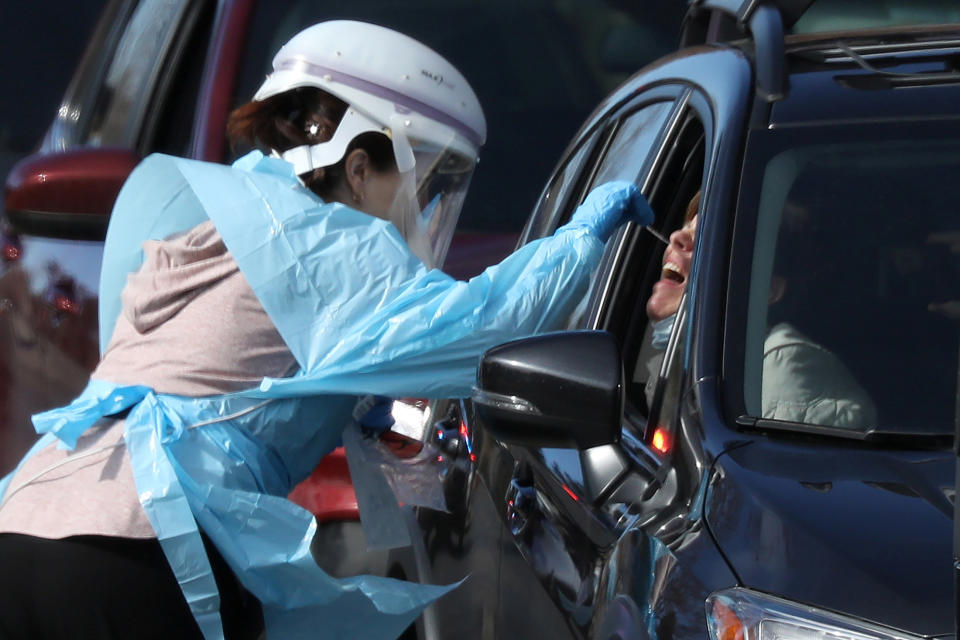
Murthy said there are three ways that the U.S. needs to make a “very focused and directed effort” to “dramatically” ramp up testing.
“One is the number of tests we have available,” he said. “Right now, we’re doing a little less than 150,000 tests a day. That number needs to be closer to a million tests a day.”
Private companies and labs have begun developing their own testing to screen for the virus. And, a genomics lab at Rutgers University created a saliva-based coronavirus test, which was just approved by the Food & Drug Administration (FDA).

“We also need to ensure there’s adequate distribution of the tests so people can get them from everywhere in the country,” Murthy said. “And third, we’ve got to make sure that the turnaround time is fast for these tests. Waiting 3, 4, 5 days for a result, which is happening to many people still as of today, just means that we have people getting delayed diagnoses and we’re burning through protective equipment in hospitals as we keep people under quarantine while we wait for their results.”
The point is to keep people from being in limbo and potentially spreading the virus to others without realizing it.
“Time equals lives saved,” Murthy said. “The longer we delay on hitting our targets, on pulling out the stops and getting there, it means more people will suffer and more lives will be lost, and we can’t afford that.”
‘There’s progress being made’
Murthy also honed in on the benefits of social distancing.
“What’s really promising is what people are doing in terms of staying home, because we are seeing now that is having an effect,” he said. “It’s camping down what was going to be an extraordinarily high peak of infections in the country. And we’re starting to see in some states like California, that the wave has not been as bad as we had worried it would be. In New York, we’re starting to see a plateauing of new cases. So, there’s progress being made.”
It was initially projected that by now, there would have been nearly 11,000 patients with coronavirus in California hospitals. However, on Monday, Gov. Newsom said it was only slightly over 3,000. California had been one of the first states to implement stay-at-home orders on a state level.
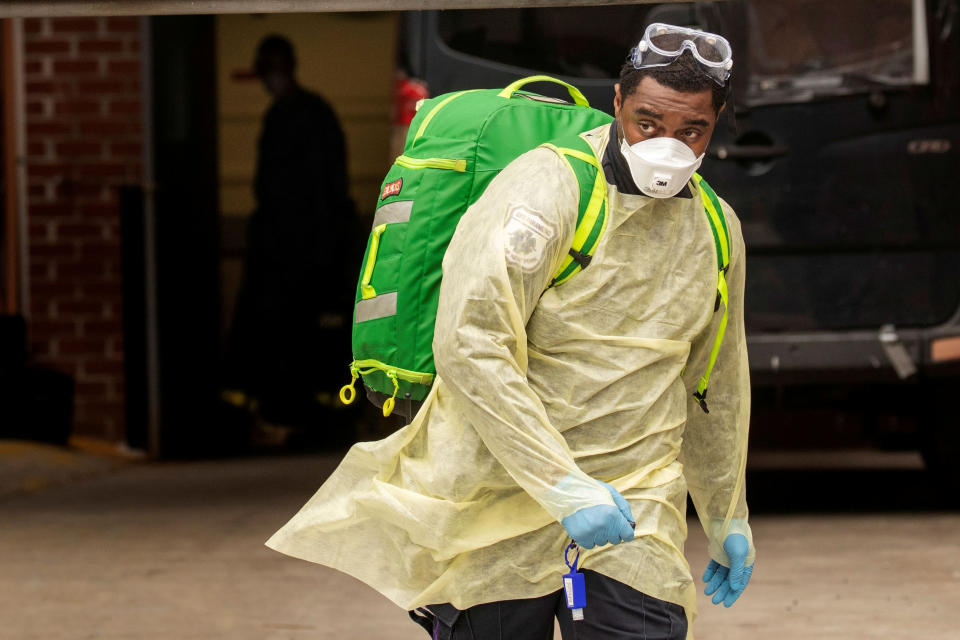
And in New York, the number of coronavirus deaths and hospitalizations have finally begun to decrease.
But, it’s still too soon to celebrate, according to Murthy.
“We’ve got to be really cautious here because the United States is not all progressing at the same time scale when it comes to this infection,” he said. “So just like we’re seeing plateauing in New York, we’re also seeing other areas start to take off. In Boston, in Philadelphia, in the D.C. metro area, in Florida, we’re seeing that situation is actually still getting worse. So we’ve got to be cautious and we’re still unfortunately struggling with the response side of this.”
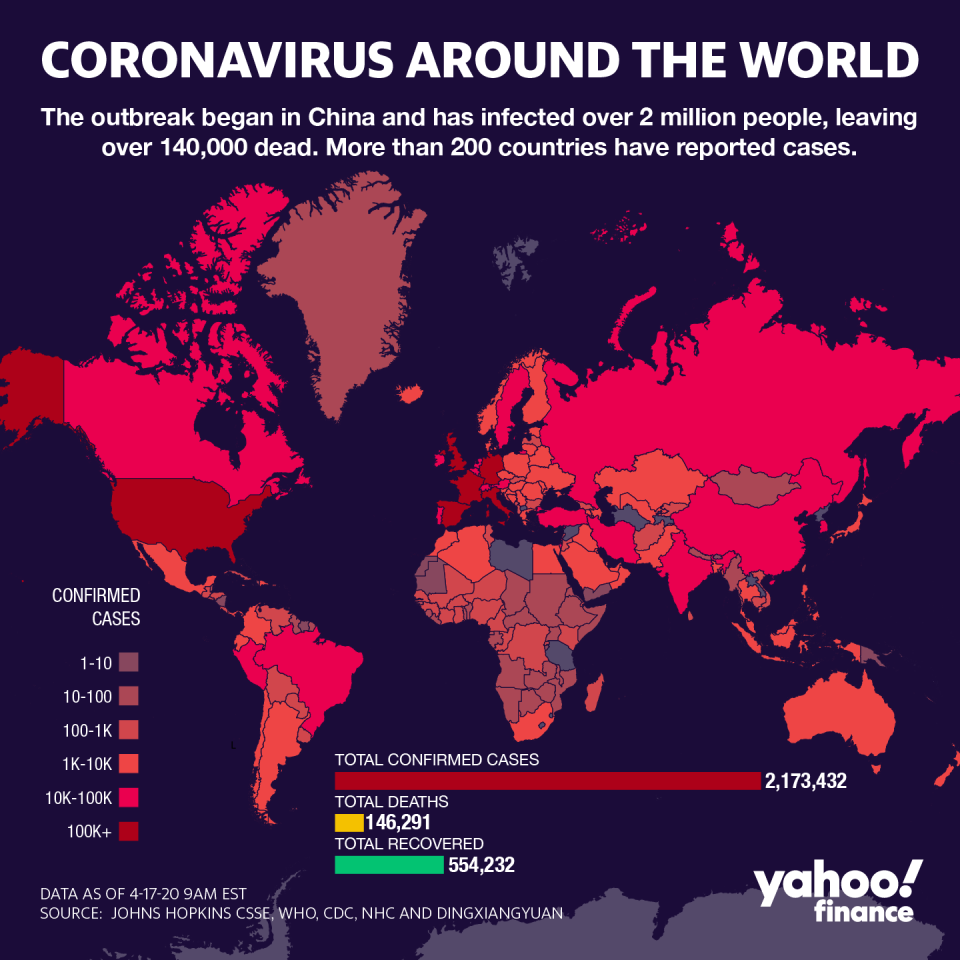
READ MORE:
Coronavirus: Health care workers face stress that's 'in many ways equal' to combat
New saliva-based coronavirus test unveiled with 'simplified' process
New York subway chief on coronavirus: Federal aid for MTA is 'a matter of national urgency'
Read the latest financial and business news from Yahoo Finance
Follow Yahoo Finance on Twitter, Facebook, Instagram, Flipboard, SmartNews, LinkedIn, YouTube, and reddit.

 money
money 
